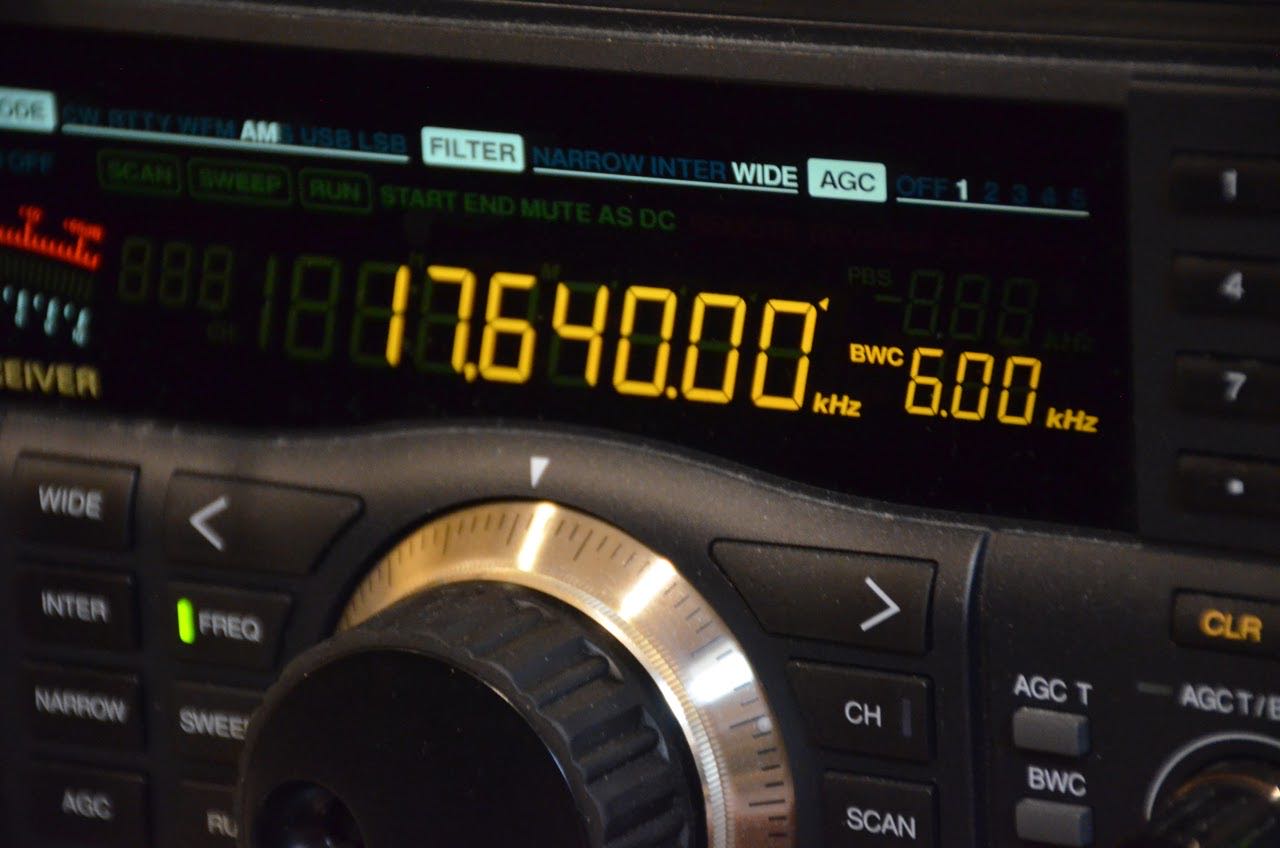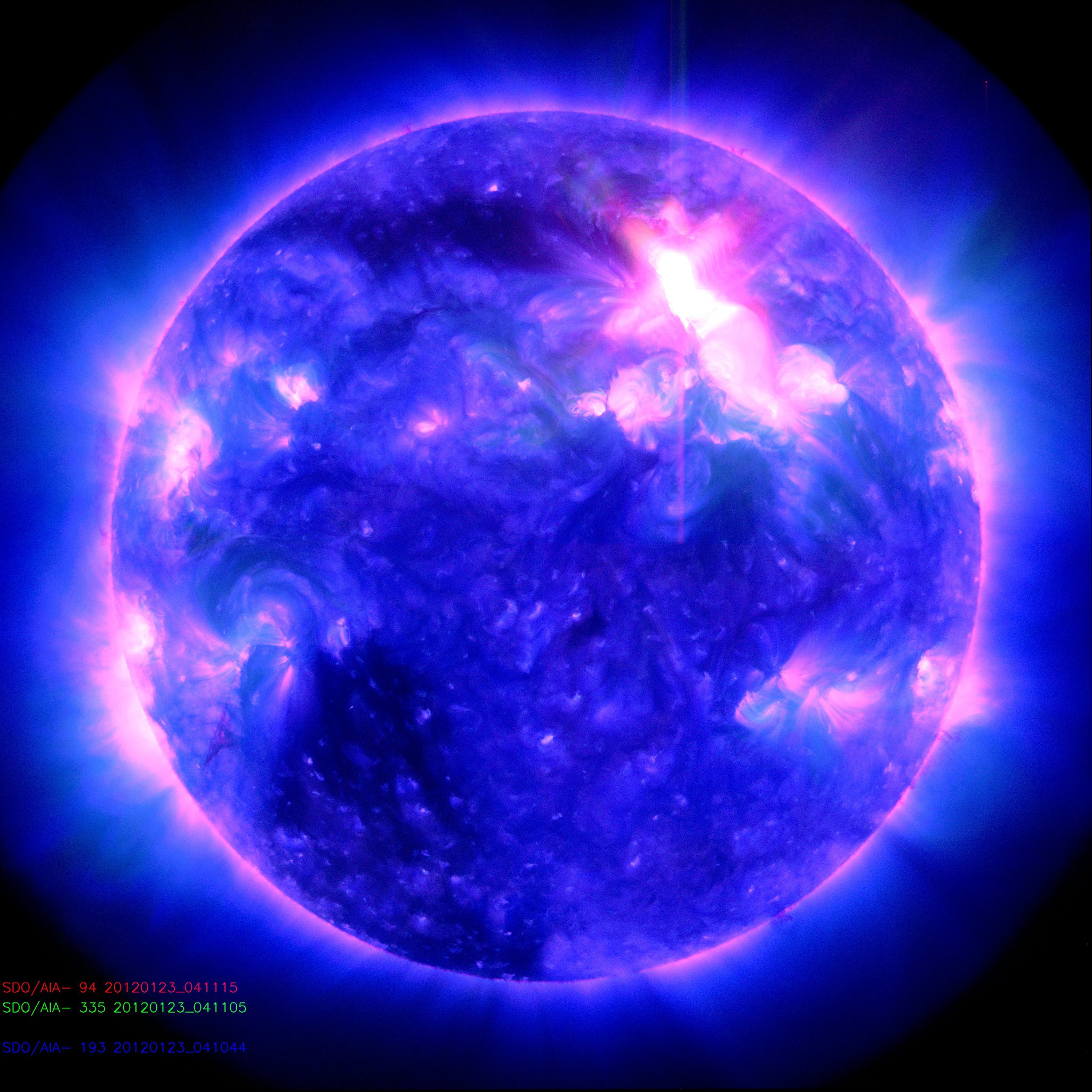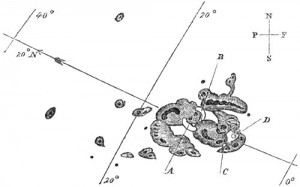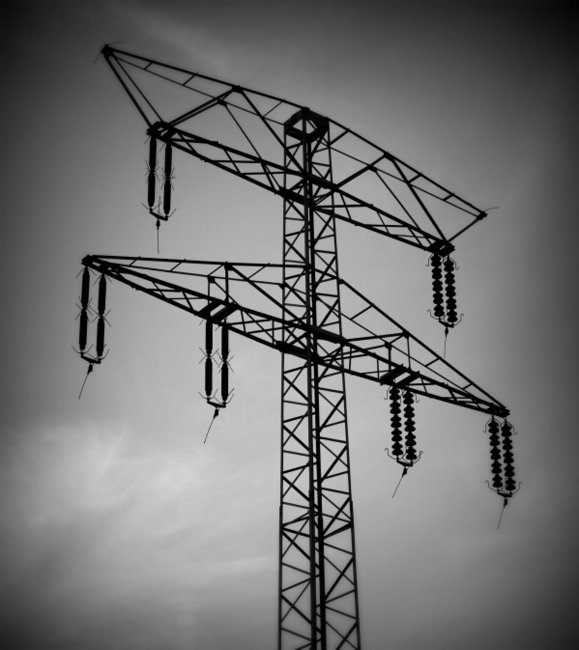
My buddy, Bill Forstchen, is author of NY Times best seller, One Second After (and many other books). One day, we met for lunch and I admitted to him that I’m less worried about an EMP attack (the catalyst for writing his novel) than I am a powerful solar storm, like the Carrington Event. Bill, you see, is a huge advocate for having our power grid and emergency services prepared/”hardened” for either of these two events.
Last week, I was impressed to see that the White House released a multi-agency plan and strategy to prepare for a severe space weather event.
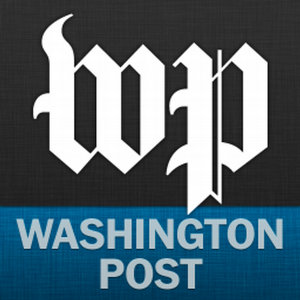 The Washington Post published a summary:
The Washington Post published a summary:
At some point in our lifetimes, the sun could unleash a dangerous surge of magnetically-charged plasma that could severely damage or destroy critically important electric power systems, satellites, spacecraft and telecommunications.
The White House, realizing that an extreme solar storm could jeopardize the nation’s vitality and security, released a strategy and multi-agency plan on Thursday to prepare for and coordinate responses to the space weather threat.
[…]In 2012, NASA said the sun unleashed two massive clouds of plasma that barely missed a catastrophic encounter with Earth. “If it had hit, we would still be picking up the pieces,” physicist Daniel Baker of the University of Colorado told NASA two years after it happened.
[…]The most severe documented solar storm to impact Earth, known as the Carrington Event, occurred in September 1859, well before today’s power grid and network of satellites existed.
During the Carrington event, the northern lights were seen as far south as Cuba and Hawaii, according to historical accounts. The solar eruption “caused global telegraph lines to spark, setting fire to some telegraph offices,” NASA noted.
A National Academy of Sciences study in 2008 said a similar event happening today could produce a devastating economic impact exceeding $2 trillion, 20 times the cost of Hurricane Katrina.
A key component of the White House plan is to establish benchmarks for space weather events. “They provide a point of reference from which to improve the understanding of space weather effects, develop more effective mitigation procedures, enhance response and recovery planning and understand risk,” the plan says.
Some recent studies have shown that there is historical evidence of the sun producing “superflares,” or flares 1,000 times larger than what has been observed in modern times.
[…]The 2008 National Academy of Sciences report said power outages after an extreme solar storm could last months or longer, since transformers take a long time to replace. A report from North American Electric Reliability Corp. (NERC) from 2012, on behalf of the industry, was not as dire, noting that geomagnetic storms are more likely to cause blackouts and short-term power loss rather than such sustained damage.
This is just an excerpt–I encourage you to read the full article on the Washington Post website.
The White House Office of Science and Technology Policy (OSTP) also published the following fact sheet, outlining a space weather action plan:
FACT SHEET: New Actions to Enhance National Space-Weather Preparedness
Space-weather events are naturally occurring phenomena in the space environment that have the potential to disrupt technologies and systems in space and on Earth. These phenomena can affect satellite and airline operations, communications networks, navigation systems, the electric power grid, and other technologies and infrastructures critical to the daily functioning, economic vitality, and security of our Nation. That’s why today, the Administration is releasing a National Space Weather Strategy and National Space Weather Action Plan and announcing new commitments from the Federal and non-Federal sectors to enhance national preparedness for space-weather events.
National Space Weather Strategy and National Space Weather Action Plan
Over the last several years, both industry and the Federal government have played an active role in maintaining and advancing the Nation’s ability to forecast and mitigate the various impacts of space weather. These actions include taking steps to replace aging satellite assets essential to monitoring and forecasting space weather, proposing space-weather standards for both the national and international air space, developing regulations to ensure the continued operation of the electric grid during an extreme space weather event, proposing a new option for replacing crucial Extra High Voltage (EHV) transformers damaged by space weather, and developing domestic production sources for EHV transformers.
Yet gaps remain in our capacity to understand, model, predict, respond to, and recover from space-weather events. The newly released National Space Weather Strategy (Strategy) and Space Weather Action Plan (Action Plan) were developed by an interagency group of experts, with input from stakeholders outside of the Federal government, to clearly articulate how the Federal government will work to fill these gaps by coordinating, integrating, and expanding existing policy efforts; engaging a broad range of sectors; and collaborating with international counterparts. The Strategy identifies goals and establishes the guiding principles that will guide these efforts in both the near and long term, while the Action Plan identifies specific activities, outcomes, and timelines that the Federal government will pursue accordingly. The Action Plan broadly aligns with investments proposed in the President’s Budget for Fiscal Year 2016 and will be reevaluated and updated within 3 years of the date of publication or as needed.
Taken together, the Strategy and Action Plan will facilitate the integration of spaceweather considerations into Federal planning and decision making to achieve preparedness levels consistent with national policies, and enhance the resilience of critical technologies infrastructures to the potentially debilitating effects of space weather on the people, economy, and security of the United States.
Supporting Commitments to Enhance Space-Weather Preparedness
Today, Federal agencies and non-Federal entities are announcing new actions to support the Strategy and Action Plan and further enhance national space-weather preparedness.
Releasing New Space Environment Data. The U.S. Air Force (USAF), in partnership with the National Oceanic and Atmospheric Administration (NOAA), will provide Space Environment Data from the current GPS constellation and other U.S. Government satellites. This data could be used to validate space-weather forecast models, potentially enhancing space-weather prediction capabilities. As a first step, USAF and NOAA will make data from January 2014 – a month characterized by a high level of solar activity – freely available on data.gov, providing an opportunity for users to explore the scientific value of the data. Within three months of this release, the Office of Science and Technology Policy will chair an interagency group to evaluate the utility of the released data and to determine if the open data archive should be expanded to include additional historical and near real-time data.
Launching a Space Weather Data Initiative. In accordance with President Obama’s Executive Order on making open and machine-readable the new default for government information, as well as on demonstrated successes of unleashing innovation and technology for disaster response and recovery, the Administration will launch a Space Weather Data Initiative. The goals of this Initiative are to (1) make easily accessible and freely available on data.gov an unprecedented amount of space weatherrelated data; (2) engage with the private sector and the open-data community to leverage the open data and promote the development of data-driven tools, applications, and technology to enhance space-weather preparedness; and (3) expand U.S. Government capacity for using open data, innovation, and technology to support effective and efficient response to and recovery from space-weather events.
Increasing International Collaboration. To strengthen international coordination and cooperation on space-weather preparedness, the Department of State will organize workshops and meetings in Washington, DC with embassy staff from a multitude of nations. These workshops and meetings will provide an opportunity for other countries to learn more about the purpose and goals of the National Space Weather Strategy and accompanying Action Plan; ensure that policymakers in and leaders of partner nations recognize space weather as a global challenge; and facilitate the sustained, coordinated participation of partner nations in relevant international space-weather initiatives.
Including Space Weather in Transportation “Fundamentals” Reports. Space weather can affect communication and navigation systems that are critical for safe and efficient transportation systems. By incorporating space-weather considerations into two reports that provide comprehensive and up-to-date guidance on the major elements of a state’s all-hazards transportation security and emergency management program – Security 101: A Physical Security Primer for Transportation, and A Guide to Emergency Response Planning at State Transportation Agencies –officials will have the information they need to incorporate space-weather considerations into transportation-security guidelines and emergency-response plans. The American Association of State Highway and Transportation Officials (AASHTO) – a nonprofit association representing highway and transportation departments in the 50 states, the District of Columbia, and Puerto Rico – will ensure that space weather is included in the next edition of these two AASHTO Special Committee on Transportation Security and Emergency Management “fundamentals” reports.
Incorporating Space Weather into Emergency-Management Training and Activities. Space-weather events can, directly or indirectly, cause or exacerbate major disasters or emergencies, and can interfere with or impair disaster response, relief, and recovery efforts. The National Emergency Management Association (NEMA) – a professional association of and for emergency management directors, dedicated to enhancing public safety by improving the nation’s ability to prepare for, respond to, and recover from all emergencies and disasters – will increase training and education related to space weather. Specifically, NEMA will:
- Partner with the International Association of Emergency Managers to host a
space-weather focused webinar for members of both groups, reaching up to 1200
state and local emergency managers, and others working in the emergencymanagement
field;
- Incorporate space weather into training and education opportunities for newly
appointed state emergency management directors; and
- Incorporate space weather into the NEMA Homeland Security Committee’s
policy focus on infrastructure resilience.
Raising Awareness of Space Weather in the Aviation Sector. As part of their commitment to promote safety, security and a healthy U.S. airline industry, Airlines for America – America’s largest airline trade association – will work with member carriers and their affiliates to educate the community on space weather and its effects on aviation, which include degradation or loss of satellite navigation signals and radio transmissions for communication.
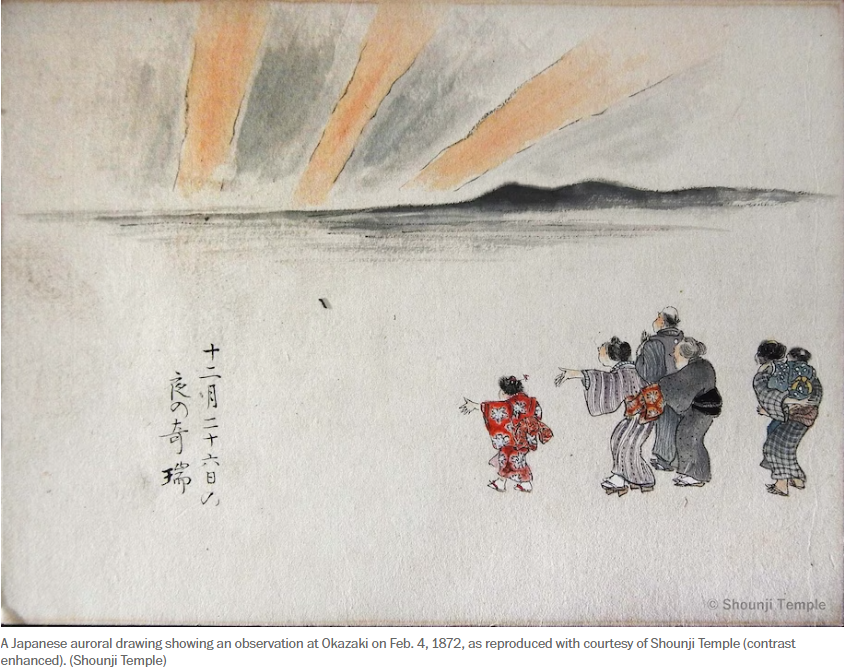 Yesterday’s Washington Post had a good story about large solar storms. We are all aware of the Carrington Event (September 1859) but there were others. The Japanese painting above depicts an event of February 4, 1872.
Yesterday’s Washington Post had a good story about large solar storms. We are all aware of the Carrington Event (September 1859) but there were others. The Japanese painting above depicts an event of February 4, 1872.
